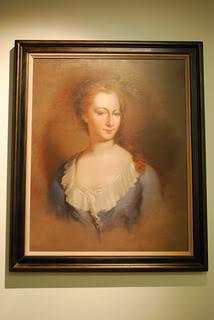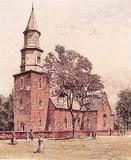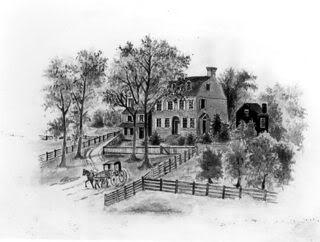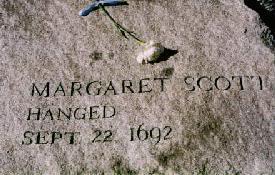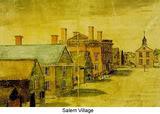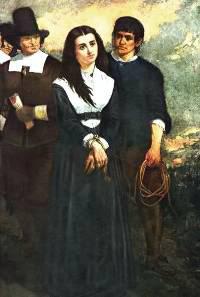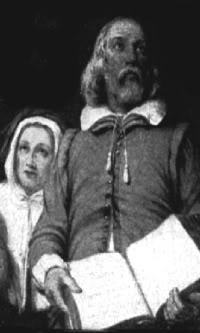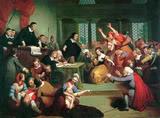Colonial Virginia Woman Image: Lady Susannah Beverley Randolph Artist: Edward Caledon Bruce Oil on canvas Susannah Beverley was born about 1692 and became the wife of Sir John Randolph about 1718 – there are no records of the exact dates. If she was 26 at the time of her marriage, she was rather mature for a colonial bride. Her eldest sister was the wife of her husband’s eldest brother, which may suggest how they met. Whatever the uncertainties, there is no doubt that Sir John found her to be an excellent mate, or that she reared children of unusual ability. In almost two centuries of colonial Virginia history, there was only one woman who had a certifiable claim to the…
